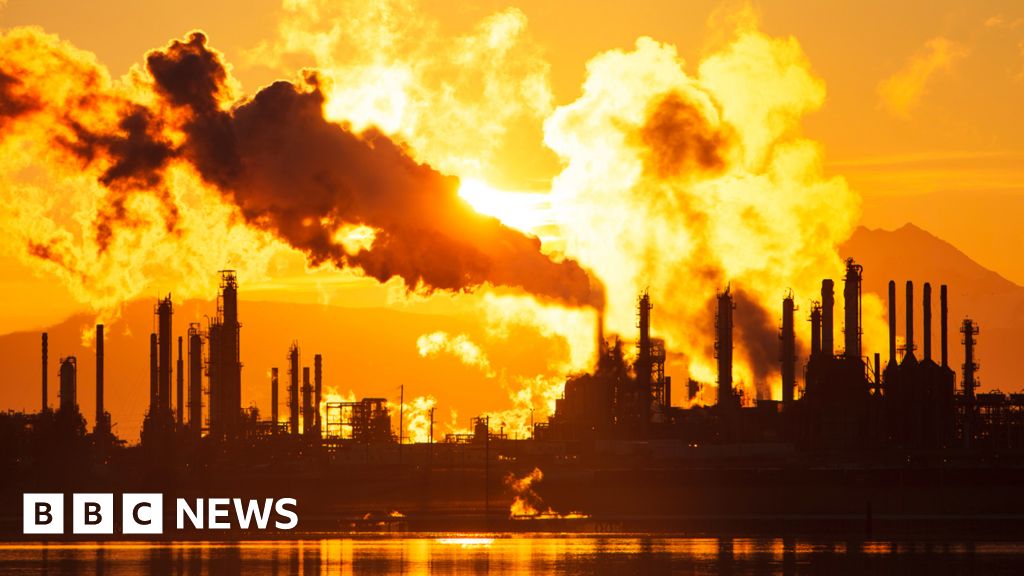Ok, a lot of different topics to unpack. Starting zoomed out to try to reduce cognitive dissonance due to term ambiguity.4680 cells kinda does imply a structural pack. Remember, the steel case of the 4680 prototype is 3x thicker than a 2170 cell (which I think has an AL case). This would be a unnecessary weight penalty, duplicating structure. Paging @mongo
I think we won't know for sure until Semi is released. If Semi has a structural pack, well it's pretty much settled. Alternatively, if the Semi pack is not structural, then I'd wait to see a teardown of it's 4680 cells to see if they have the thick (heavy) casings. This seems most unlikely to me, since Tesla would have to further complicate the 4680 ramp with another R&D effort. I'd rather they just use 2170s in Semi if they don't try to build it with a structural pack.
Not going to happen while Panasonic is cranking 2170s out at Giga Nevada. 10+ years down the road, who knows? But not anytime soon.
Plaid already uses rear castings; it's in the video by @Ingineer Tesla Plaid - Initial Exploration | Ingineerix on Youtube
EDIT: There's an even better view of the web structure of the casting, via by Sandy Munro's video:
Rear Cradle and Electric Drive Module | Tesla Model S Plaid Teardown (timestamp 10:19)
Tesla uses 2 rear castings on the Plaid S (left+right sides), like the 1st ed. Fremont Model Y rather than a single gigacasting. I speculated at the time that Fremont would reuse the casting machines for the Refreshed Model S, after the Model Y switched over to the 'gigacasting'.
Cheers!
Discussion may fit better in:
Investor Engineering Discussions
This term can apply to so many different applications that it is near meaningless. So much so that it may be easier to define it by what it is not.
A pack that cannot support itself by its edges in the final application (meaning it relies on vehicle chassis for mid pack support) is not a structural pack. (There is now a Type 0).
Variants on a Theme:
1: A pack that can support itself
2: A pack that also supports loads (floor, seats)
3: A pack that also provides a large amount of the vehicle structure
The current 4680 pack is likely capable of Type 3; however, the combination of low risk implementation and support for 2170 packs mean that the vehicle is not relying of the pack for strength, so the pack is overbuilt/ underutilized currently.
A pack that cannot support itself by its edges in the final application (meaning it relies on vehicle chassis for mid pack support) is not a structural pack. (There is now a Type 0).
Variants on a Theme:
1: A pack that can support itself
2: A pack that also supports loads (floor, seats)
3: A pack that also provides a large amount of the vehicle structure
For simplicity, I'm grouping floor and seat loads together. However, the current Y 4680 pack arguably does not support the seats. If you look closely, you'll see the same type of cross car beam and under sheet as the 2170 design. Basically, the seats are supported by a separate structure from the pack lid itself (though the two sub assemblies are spot welded together at the edge flange).
Ultimately, these support/ load paths could be integrated fully into the lid/ pack for more savings. If that cross beam is welded/fastened to the middle of the pack lid, I'd consider it part of the pack.
Ultimately, these support/ load paths could be integrated fully into the lid/ pack for more savings. If that cross beam is welded/fastened to the middle of the pack lid, I'd consider it part of the pack.
Current 4680 cells have 3x thicker can walls as part of the risk mitigated path toward optimized structure. That does not mean 4680 cannot be made with thinner/ lighter walls in both structural and non-structural form factors. However, due to the larger diameter of the 4680 vs 2170, the cell wall must be 2.2 times thicker to maintain the same hoop and longituinal stress due to internal pressurization. Whether the 2170 walls were critically sized is unknown to me. Both are steel, though some prismtic vendors use deep drawn aluminum.
Tesla will only be building 4680 (or larger?) cell lines. Tesla partners are also adding 4680 lines. The majority of new, non-LFP, high volume products will be designed around the 4680 form factor, but not all benefit from Type 3 structural packs and so could possibly use lighter gauge cans. However, the mass savings may not be worth the added complexity.
Tesla will only be building 4680 (or larger?) cell lines. Tesla partners are also adding 4680 lines. The majority of new, non-LFP, high volume products will be designed around the 4680 form factor, but not all benefit from Type 3 structural packs and so could possibly use lighter gauge cans. However, the mass savings may not be worth the added complexity.
A passenger car has a distributed weight/ load profile and minimal pass through loading (towing) in a low profile form factor. A semi has major point loads with high load pass through on a large profile form factor.
While cars can run on a single layer of cells, semi needs multiple stacked together. Semi needs to pass 12,000 pounds of load (static) to the front axle, multiples of a Y max weight. It also needs to handle a wrecker pulling a fully loaded (80k lbs) tractor by the front tow hooks.
My thinking is that semi will not rely on the packs for stucture and will instead use a rail, or possibly truss, frame. The pack will be made of multiple self supporting (Type 1) sub-packs slotted in from the sides. This allows replacement of sub packs, isolation, commonality, and maintains vent paths.
It also means the tractor is a stable rolling chassis before the pack is added.
While cars can run on a single layer of cells, semi needs multiple stacked together. Semi needs to pass 12,000 pounds of load (static) to the front axle, multiples of a Y max weight. It also needs to handle a wrecker pulling a fully loaded (80k lbs) tractor by the front tow hooks.
My thinking is that semi will not rely on the packs for stucture and will instead use a rail, or possibly truss, frame. The pack will be made of multiple self supporting (Type 1) sub-packs slotted in from the sides. This allows replacement of sub packs, isolation, commonality, and maintains vent paths.
It also means the tractor is a stable rolling chassis before the pack is added.
As long as Tesla has a source for 18650, they might as well keep using them. Roadster 2 will be the highest performance vehicle, so no reason to narrow the gap between S and it by eeking out more performance for the sake of performance. Once Panasonic's tooling is worn, or they want to replace the line for efficiency's sake (DBE), then Tesla would likely switch to a 4680 based pack. Or possibly 2170 and transition more 3/Y production to 4680.
As an aside, the original internally braced S/X pack was a significant portion of the vehicle's structure.
As an aside, the original internally braced S/X pack was a significant portion of the vehicle's structure.




